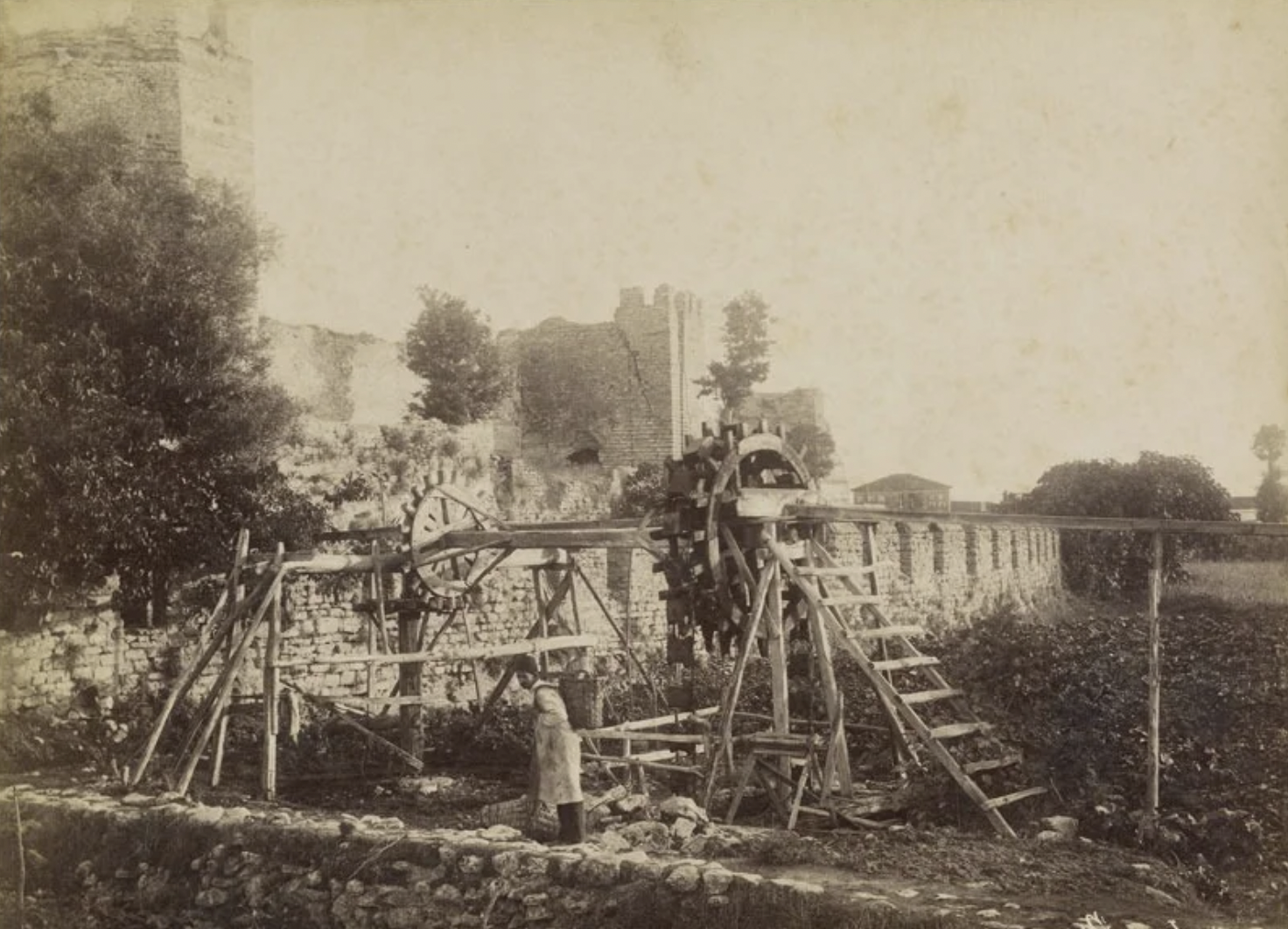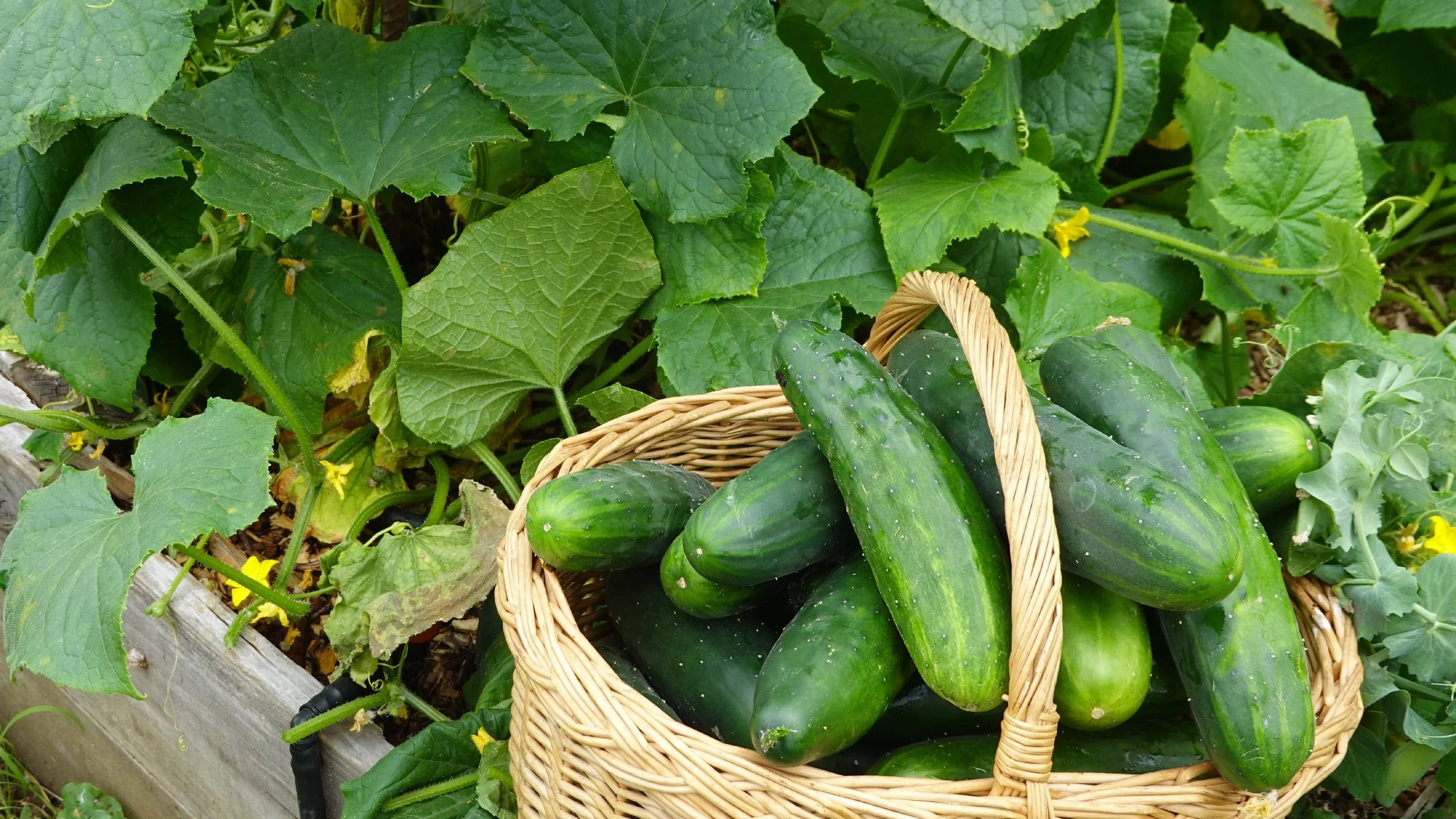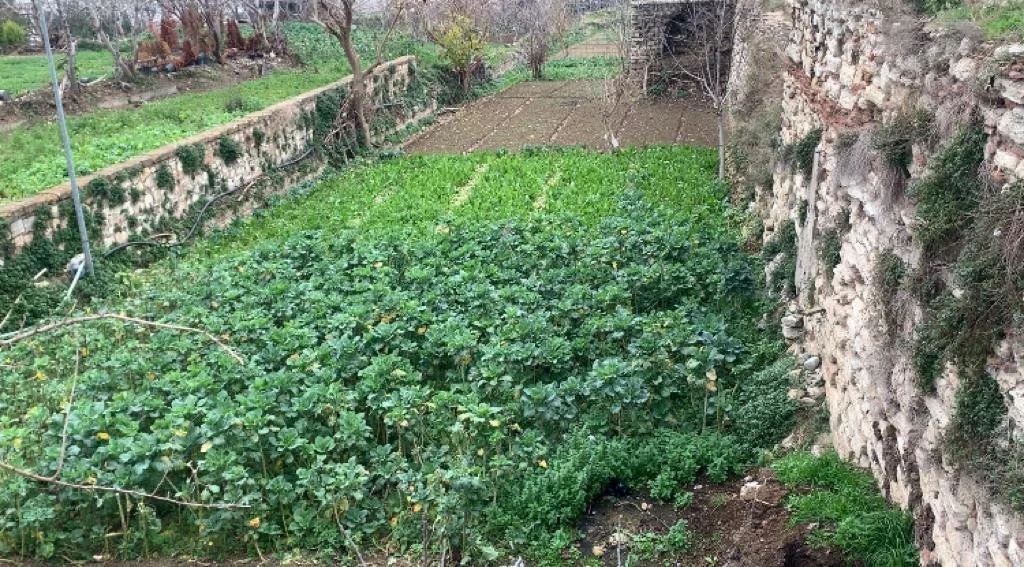A City That Fed Itself - Istanbul’s Bostans
For over 1,500 years, bostans—truck gardens—fed the imperial city of Istanbul. Grown along city walls, riverbanks, and tucked between neighbourhoods, these cultivated plots were more than agriculture; they were social infrastructure. Tended largely by Albanian, Greek, Armenian, and later Black Sea migrant communities, bostans sustained a daily economy of freshness, resilience, and urban continuity. To remember them today is to defend a culture of shared land and seasonal rhythm — a legacy not only of nourishment, but of community.
From Byzantium to the Republic – A Long Harvest
Truck gardens date back to at least the 5th century, when Emperor Theodosius II offered city wall space to farmers in exchange for their upkeep. The Geoponika, a twenty-book collection of agricultural lore compiled during the 10th century in Constantinople for Emperor Constantine VII Porphyrogenitus, remains the only surviving Byzantine agricultural work.
By the Ottoman era, bostans had become central to the imperial food system—supplying everything from romaine and aubergine to vine leaves and onions. A 1735 indemnity register lists 344 gardens and 1,381 workers inside the city walls alone. Their abundance shaped not only diet but place: gardens were named after neighbourhoods, and vegetables took on the flavour of their soil.
The Green of the Bosphorus
Once picked fresh from the hillsides of Üsküdar, Çengelköy cucumbers—locally known as Çengelköy Bademi—were famed for their small size and delicate fragrance. Grown in the truck gardens of the Bosphorus, they were once bought directly by meyhane owners and households. Though most fields were lost to housing after the 1990s, the scent of the original lives on in memory, and in the faint sweetness of its imitations.
Kuzguncuk – Resistance Through Cultivation
Kuzguncuk’s bostan is one of the last of its kind—and one of the loudest symbols of resistance. Threatened with development in the 1990s and again in 2013, it was saved by the neighbourhood’s collective - Kuzguncuklular Derneği - outcry. A shared urban garden still grows there today, worked by volunteers, and protected by precedent-setting legal decisions. Here, the soil is political. Growing food becomes a statement: of memory, of belonging, of staying rooted in the face of change.
Yedikule – Green Heritage of the City Walls
We mostly know Yedikule for its lettuce, but depending on the season, these gardens also yielded purslane, radish, cress, parsley, basil, thyme, chard, spring onions, dill, cabbage, cauliflower, tomatoes, peppers, corn, mulberries, figs, and pomegranates.
Crunchy, fragrant, and never soggy, Yedikule marulu was once picked fresh from the ancient gardens tucked against Istanbul’s Byzantine walls. In the 1950s, locals would travel across the city to enjoy crisp marul with salt in the garden of “Crazy Toma,” a beloved Greek Orthodox farmer.
“Toprak arşivdir!”
As historian Prof. Dr. Cemal Kafadar once said in an open class held at the gardens, “Toprak arşivdir. Berbatlaştırılmamışsa hiçbir zaman bilgi taşıma özelliğini kaybetmez.” - “Soil is an archive. Unless ruined, it never loses its capacity to carry knowledge.”
Thanks to initiatives like the Tarihi Yedikule Bostanları Koruma Girişimi (2013), Yedikule Bostancılar Derneği, and Dürtük, this legacy is not only remembered—it is being actively defended and archived through collective, organised care.
Fikir Sahibi Damaklar - Slow Food Istanbul, supported the cause by launching Marul Bayramı in 2015, a spring festival inspired by a 1938 Cumhuriyet article.
A Mosaic of Local Terroirs
Arnavutköy gave strawberries, Bayrampaşa grew artichokes, and Fatih’s inner alleys produced melons. These were not industrial farms but living gardens woven into the city’s daily life. Though lost to urban sprawl, their legacy lives on through the fight for green urban commons.
A future we can still plant
Most of Istanbul’s bostans (truck gardens) are gone—paved, zoned, or forgotten. But the memory of them insists on a different kind of city: one where land is shared and food is grown. Preserving the last gardens, celebrating their seasonal produce, and sharing the logs with younger generations—these are acts of urban care and collective stewardship.
To grow in the city is not nostalgia. It is a future still within reach…
#scrollslowtuesday
Sources: ▫️istabulelsewhere.com, article by Bora Isyar / Bianet.org / Agos / Yedikule - photo credit Eylem Nazlıer-Evrensel / Diken.com, article by Canan Coşkun / Doğa Dergisi / Beşiktaş Yerel Tarih Projesi / Kuzguncuklular Derneği / Dürtük / Yeşil Gazete









